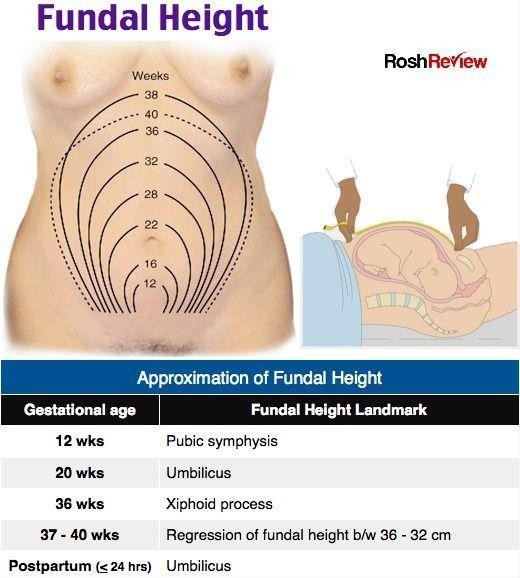A nurse is caring for a client who just delivered a newborn. Following the delivery, which nursing action should be done first to care for the newborn?
Dry the infant off and cover the head.
Stimulate the infant to cry.
Clear the respiratory tract.
Cut the umbilical cord.
None
None
The Correct Answer is C
This action is important as it helps to prevent hypothermia, which newborns are particularly susceptible to. However, while drying the infant is essential, it should not be the very first action taken immediately after birth.
Stimulating the infant to cry can help establish normal respiratory function and is important for transitioning to extrauterine life. However, it may not be the first action if the infant is not breathing or appears to need immediate airway clearance.
This is a critical first step, especially if the newborn is not breathing adequately. Clearing the airway (using suction if necessary) is vital to ensure that the infant can breathe properly and transition well after birth. If there are any signs of airway obstruction or if the infant is not crying, this action takes precedence.
While cutting the umbilical cord is a standard procedure, it is typically performed after ensuring the infant is stable. Current guidelines suggest delaying cord clamping for a short period unless there are complications that require immediate action.
Nursing Test Bank
Naxlex Comprehensive Predictor Exams
Related Questions
Correct Answer is B
Explanation
One of the signs that the bladder may be distended is when the fundus (top of the uterus) is palpable to the right of the midline. This displacement indicates that the bladder is pushing the uterus to the side, which can occur when the bladder is full and obstructing the descent of the uterus into the pelvis during the postpartum period.
Correct Answer is D
Explanation
At 22 weeks of gestation, the fundal height is typically around the level of the umbilicus or slightly above it.

Whether you are a student looking to ace your exams or a practicing nurse seeking to enhance your expertise , our nursing education contents will empower you with the confidence and competence to make a difference in the lives of patients and become a respected leader in the healthcare field.
Visit Naxlex, invest in your future and unlock endless possibilities with our unparalleled nursing education contents today
Report Wrong Answer on the Current Question
Do you disagree with the answer? If yes, what is your expected answer? Explain.
Kindly be descriptive with the issue you are facing.
